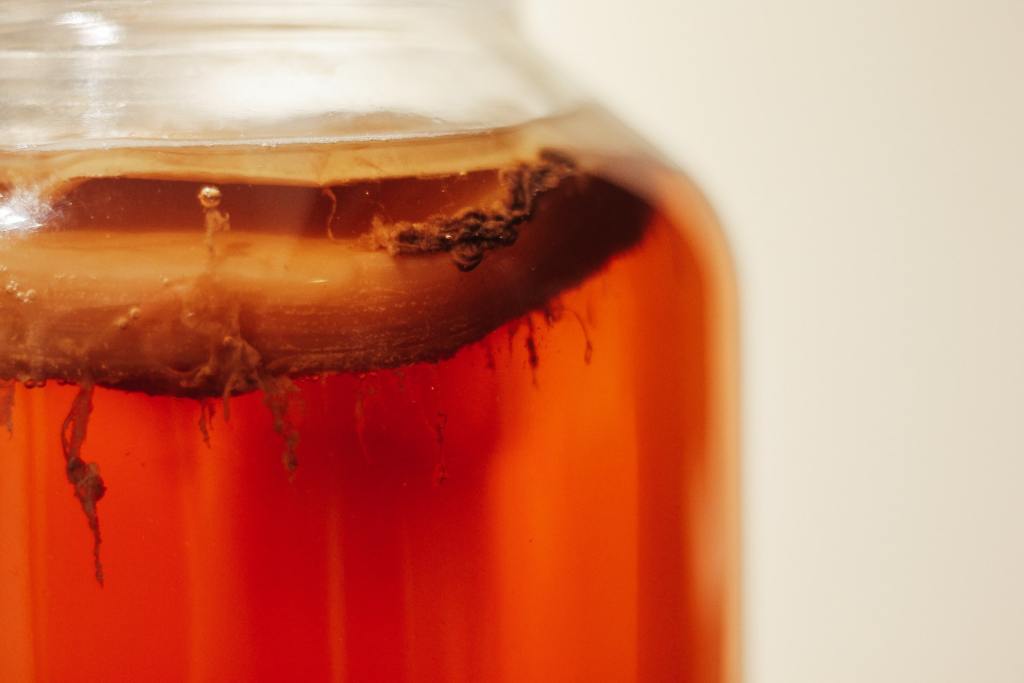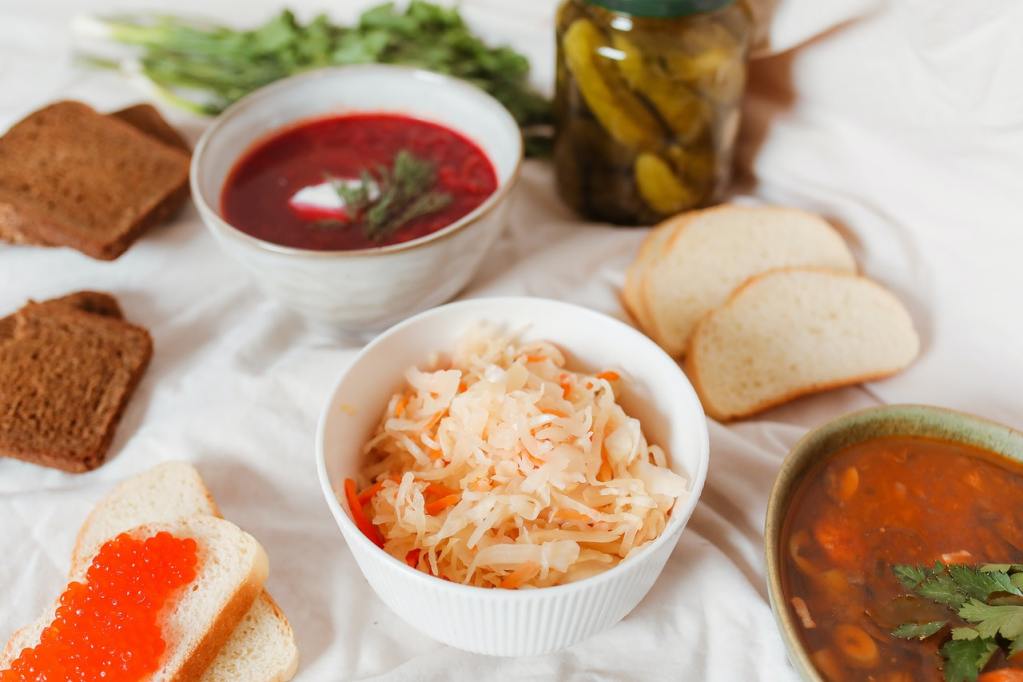Maybe you grew up eating sauerkraut on your brats and hot dogs, or perhaps you’re used to kimchi in your warm bowls of stir-fry or noodles. Alternatively, maybe you don’t have much experience with fermented foods at all, but you’d like to give it a try. No matter your experience level with fermented foods, it’s never too late to start something new. Of course, you can buy these foods in stores, but you can also make them yourself at home!
Let’s dive into what fermentation is, why you should try it, and some of the best foods you can make using the fermentation method.

What is fermentation?
Back before there were freezers and refrigerators, people used a method of preserving food called fermentation. It’s a standard method that’s still used all over the world. Not only is fermented food delicious, but there are also many health benefits to consuming them.
In scientific terms, fermentation is a process where organisms convert carbohydrates into alcohol or acid. That is why kombucha has an alcohol content and why kefir has a tingly effect.
The basic process of fermentation goes like this:
- Preparing the food for fermenting by chopping, shredding, slicing
- Choosing your culture starter: Salt, whey, or store-bought starter culture
- Putting prepared veggies in a container with culture and water (brine) and keeping it in a cool dark place
- Removing veggies from fermentation vessel to enjoy
Why you should try fermentation
Fermented foods have a long list of benefits, but they’re also simply delicious! Making them from home has the added benefit of controlling what goes into them, lowering costs, and reducing the amount of food waste leaving your kitchen. Fermentation can be done with veggies you grow yourself or those you buy at a farmers market or in a store. When summer and fall harvests come around and you have an abundance of veggies you won’t be able eat before they go bad, you can use fermentation to not let them go to waste.
Similar to those infomercials from the ’90s, the benefits don’t stop there. Fermented foods are also really good for your health. Eating fermented foods regularly can improve digestion, boost your immune system, and promote good heart health.

The best veggies to ferment
There’s a long list of veggies that you can ferment; in fact, you can ferment basically every veggie that can be grown. However, some simply require more or less preparation and attention than others.
Harder vegetables that have tough flesh are durable and won’t break down during the fermentation process. They’re also simple to prepare and take significantly less time to set up for the fermentation process. All you have to do with these veggies is chop, shred, or slice them up, then cover with brine and weigh them down. These easy veggies include:
- carrots
- green beans
- peppers
- beets
- radishes
- broccoli
- cauliflower
- cucumbers
- onions
- celery
- and more…
Other vegetables can still be fermented; they simply require a bit more preparation and work to get them going. These veggies often need to be shredded or sliced, but they have enough water within themselves that you don’t need to create a brine. For example, to make sauerkraut, you slice up cabbages, sprinkle them in salt, and smash them down into the fermentation jar. After they sit for a while, the salt will pull the moisture from the cabbage leaves and create its own brine.
While this is a simple process, it does take more time and energy than the veggies mentioned above. Fermenting these more leafy greens is also a great way to consume these veggies if they’re hard on your digestive system when they’re fresh and raw. Many people struggle with digesting kale when eaten in salads, but the fermentation process can make this easier on your stomach while you still get the nutrients and benefits of the dark leafy green. These more labor-intensive veggies include:
- cabbages (including red)
- kale
- spinach
- beet greens
- and more…
Fermenting is an excellent way to keep fresh produce longer without letting them go to waste. This is especially helpful when you have your own garden at home or you bulk buy at farmers markets. Try your hand at fermentation, and not only will you improve the flavor palate of your homemade dishes, but you’ll also boost your gut health!


